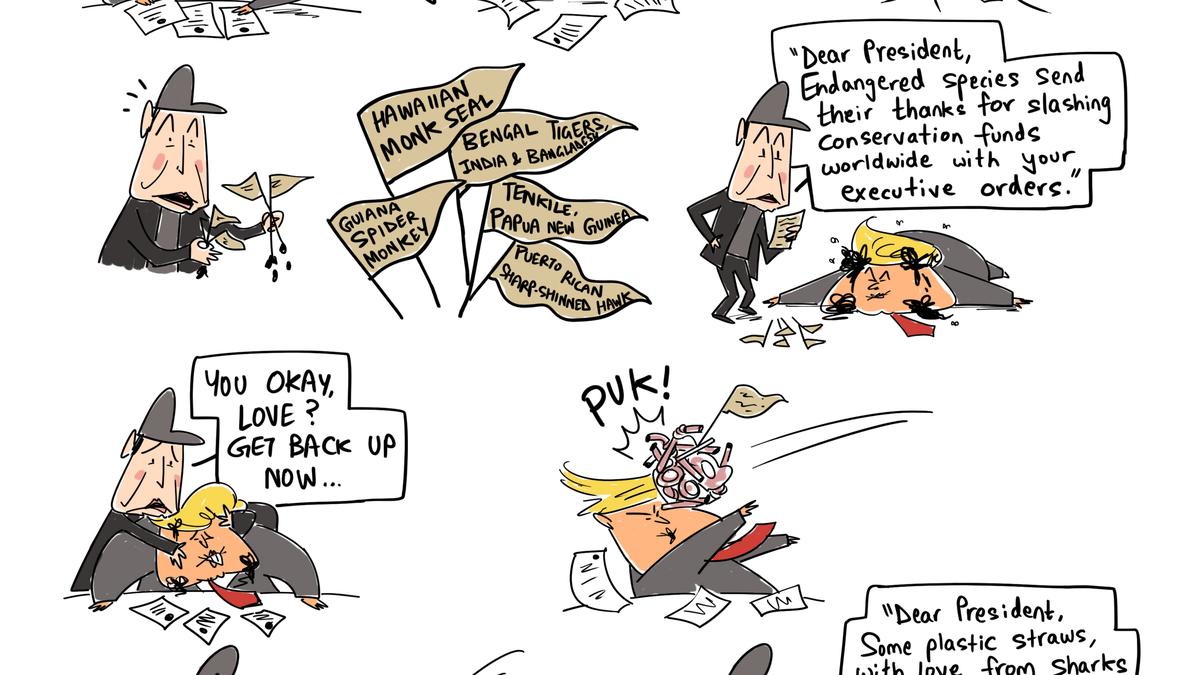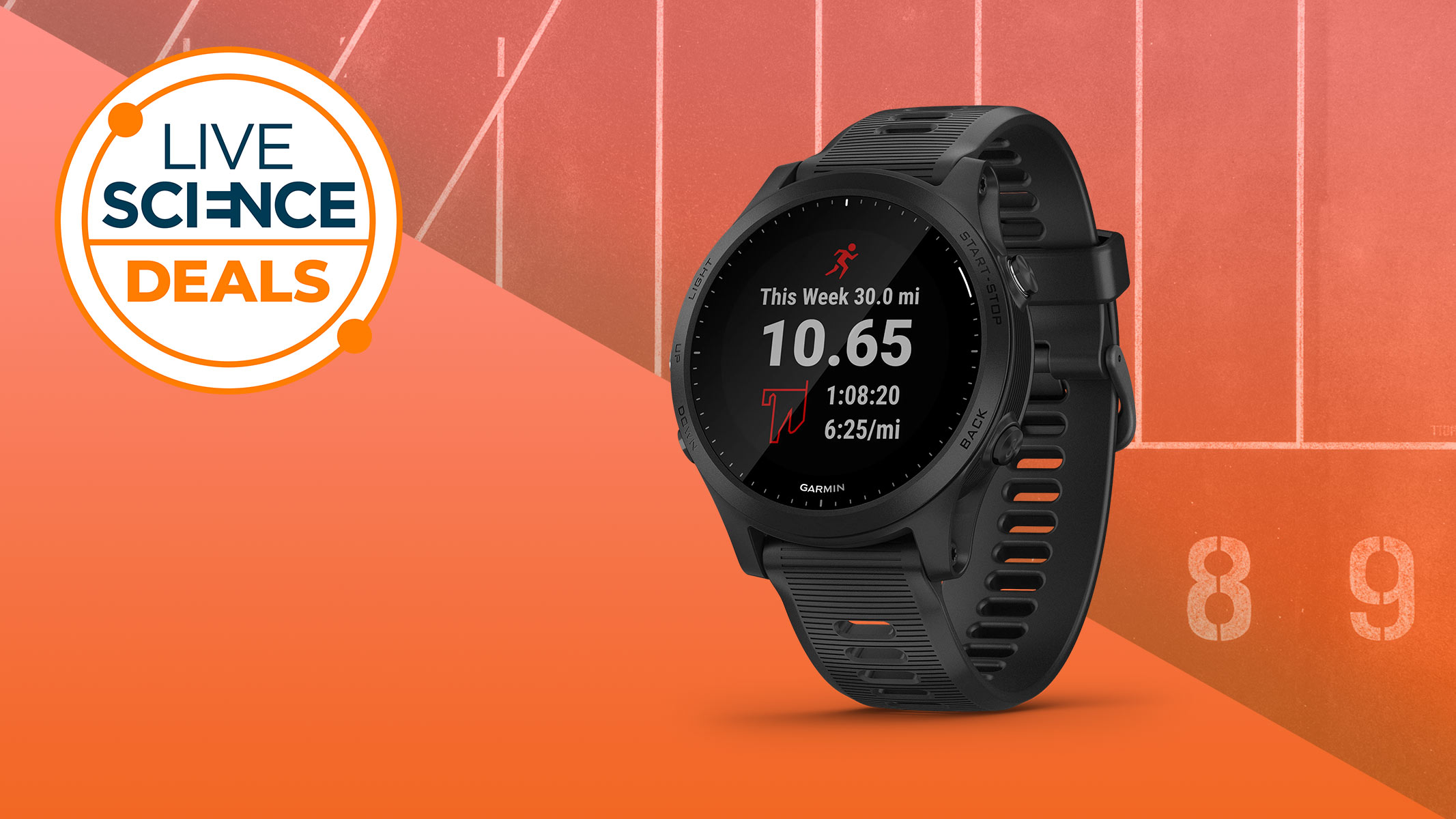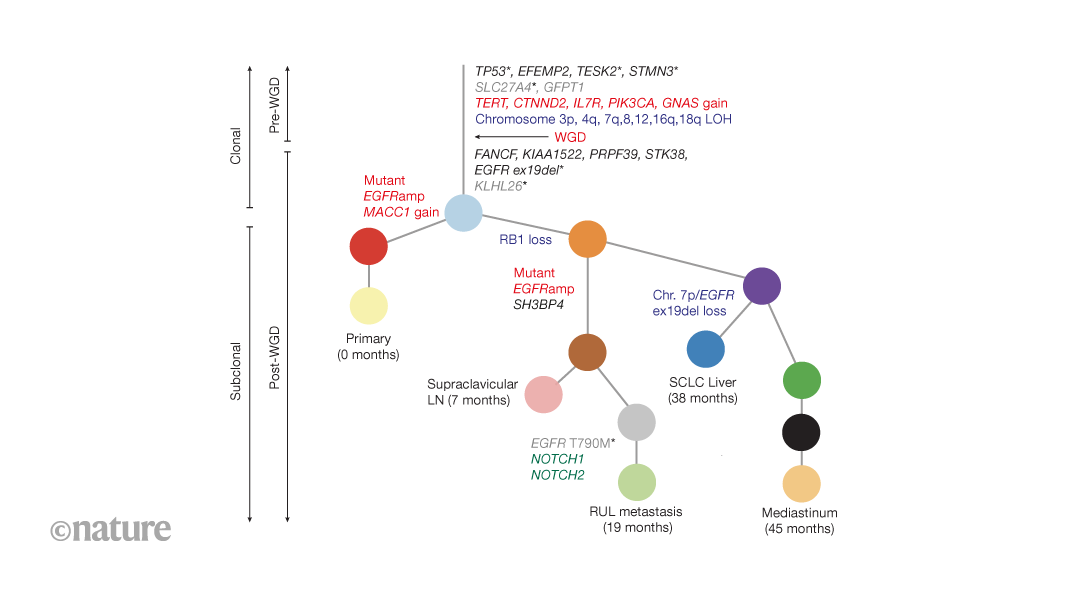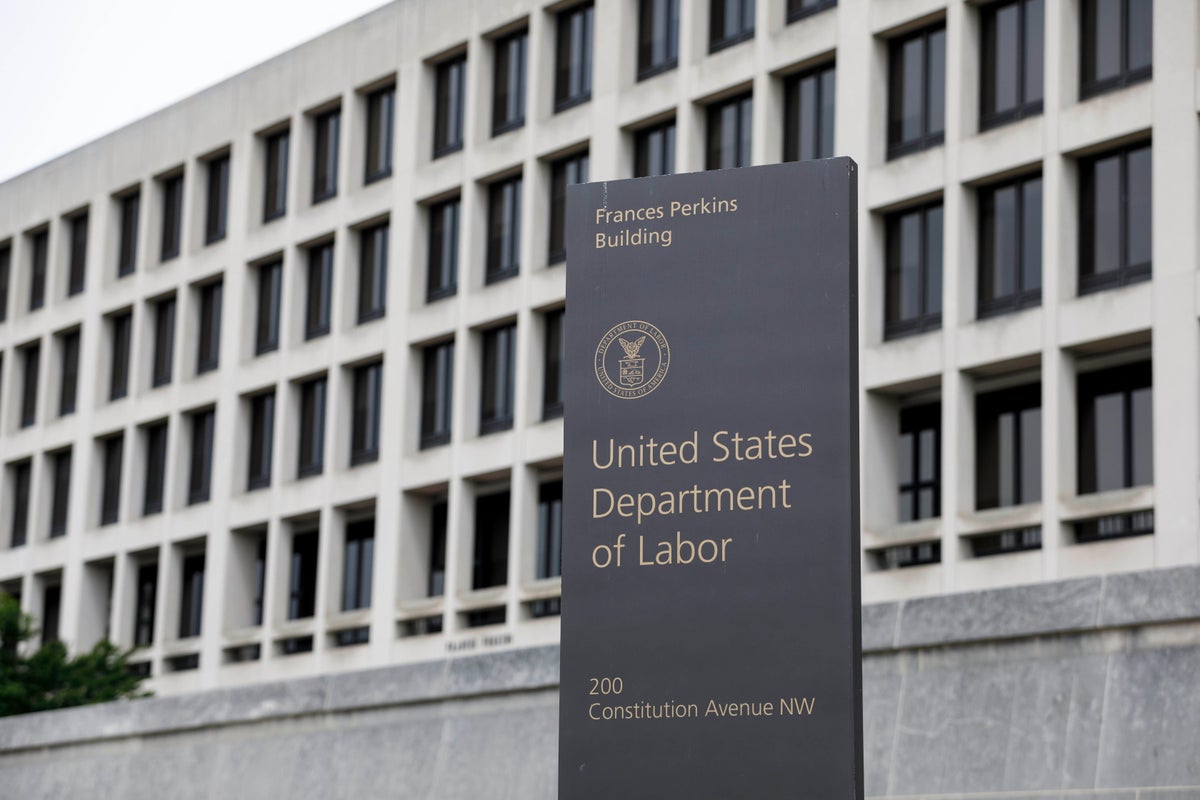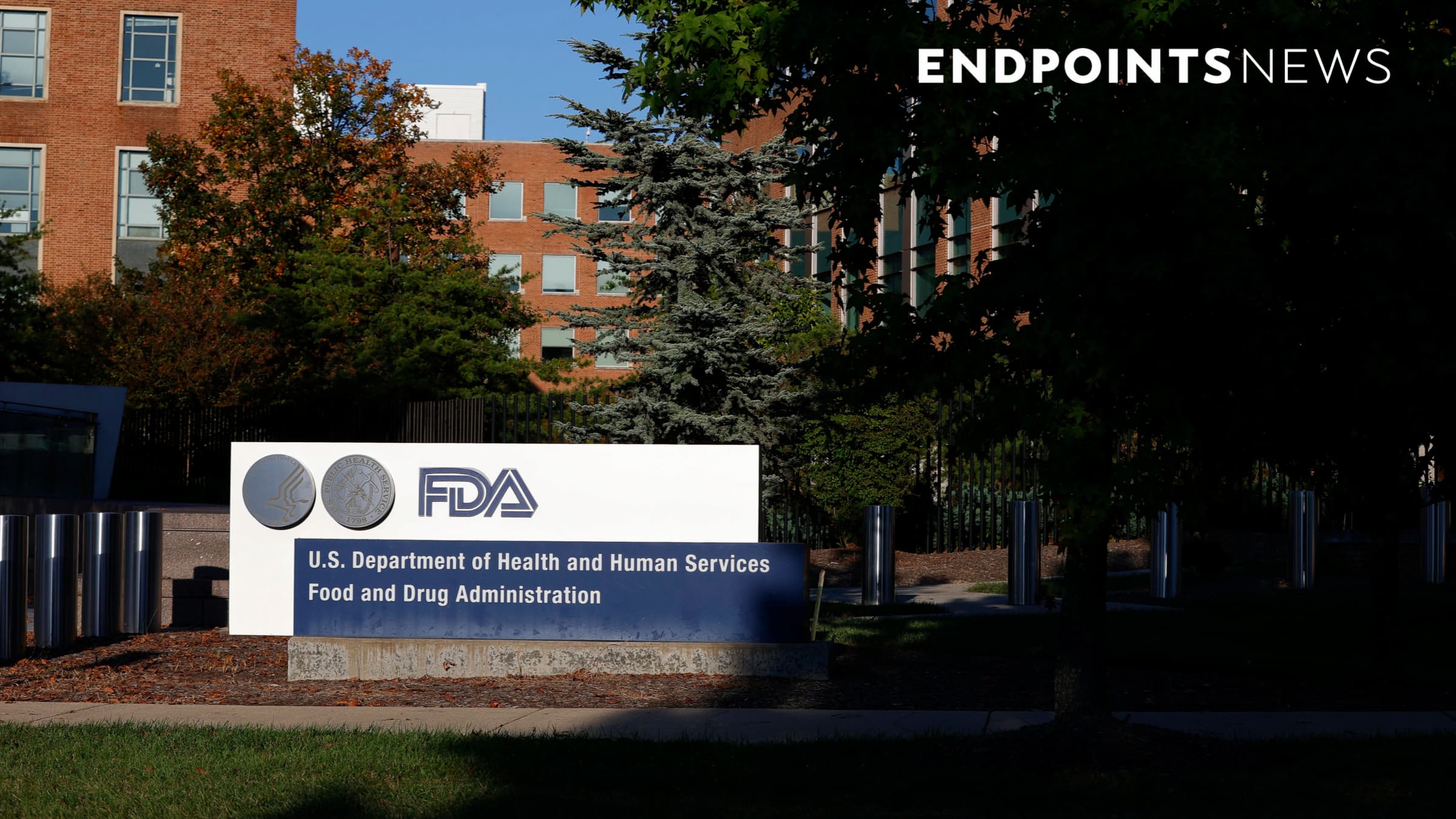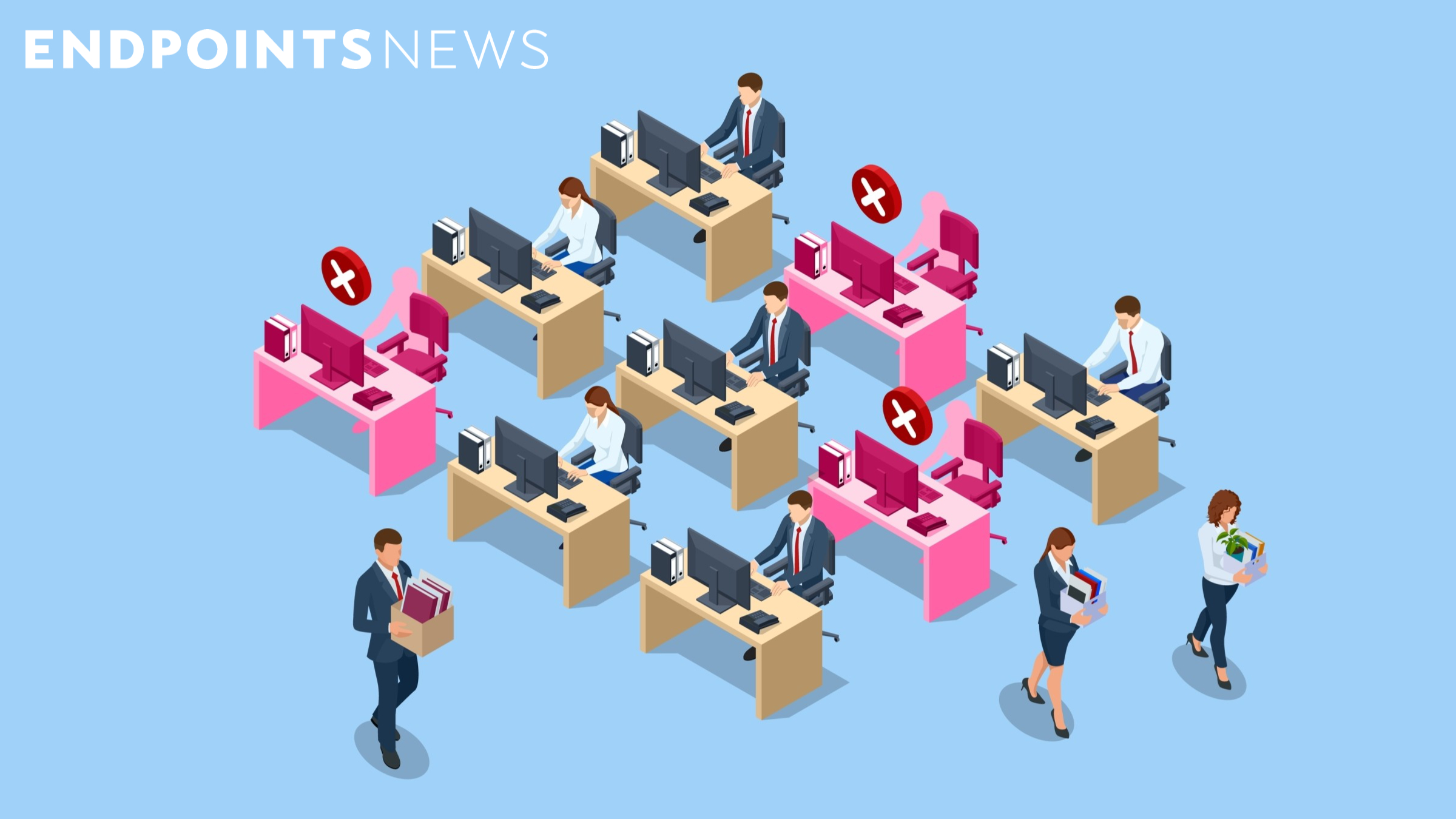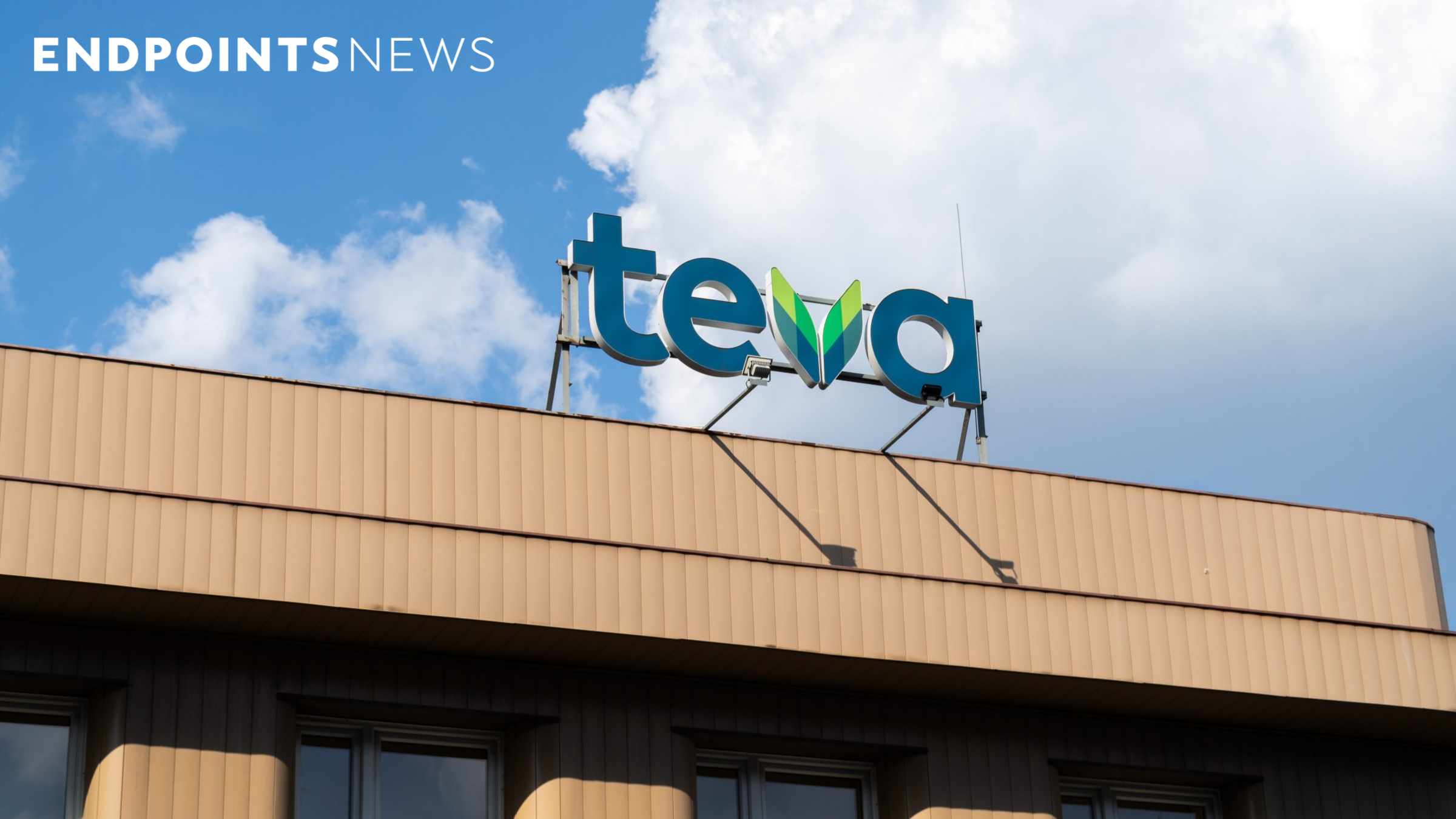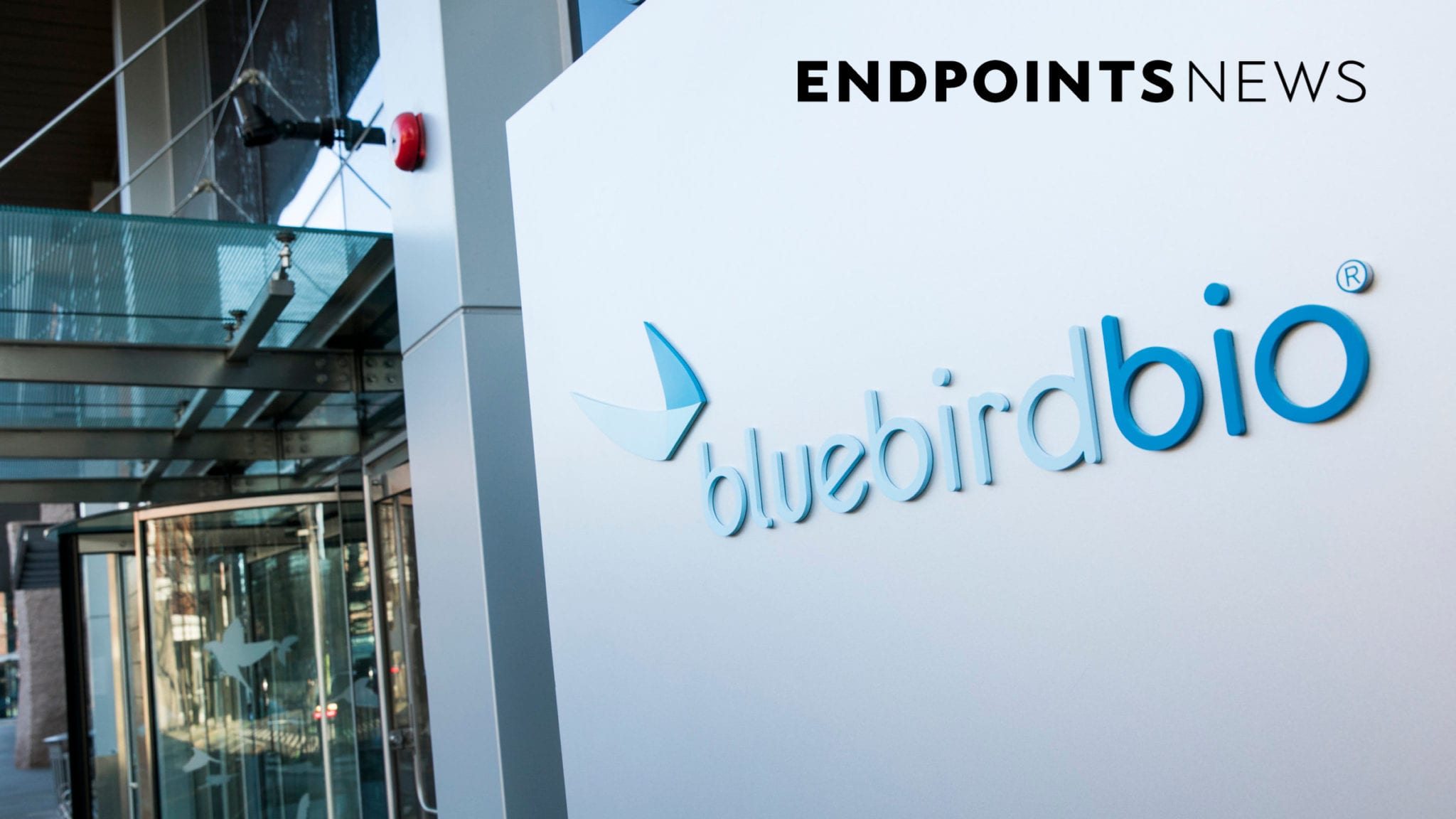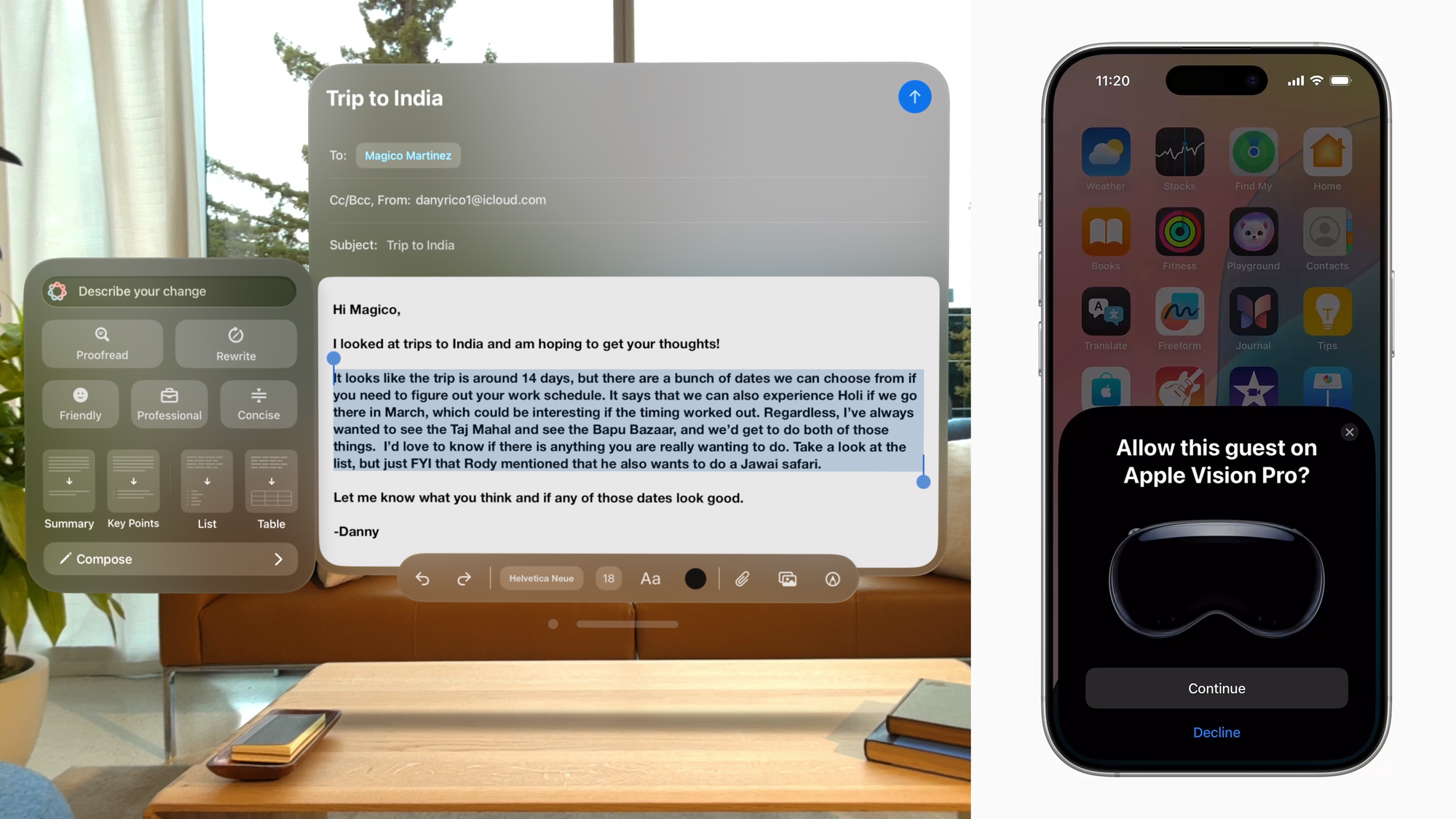The Future of Regulatory Compliance Lies in AI-Powered Tech
When Andreessen Horowitz, a tech-focused venture capital firm, released its “Big Ideas in Tech” list for 2025, one standout idea had broad implications for companies and consumers: applying artificial intelligence (AI) to regulatory compliance. On the surface, regulatory compliance isn’t the sexiest AI application one might find in a list of tech predictions for 2025, ... Read More


When Andreessen Horowitz, a tech-focused venture capital firm, released its “Big Ideas in Tech” list for 2025, one standout idea had broad implications for companies and consumers: applying artificial intelligence (AI) to regulatory compliance.
On the surface, regulatory compliance isn’t the sexiest AI application one might find in a list of tech predictions for 2025, especially in a year when nearly every prediction touches on AI. But it’s an idea that has the single biggest impact on all other applications of AI. What you’re allowed to train, how you do it, and the speed at which you can use AI to produce bespoke applications is all dictated by the compliance of data processing and model performance.
Each year, organizations “spend countless hours and millions of dollars staying in compliance,” from the time spent training staff to the workflows needed to keep up with industry-specific regulations, some of which span thousands—even tens of thousands—of pages, Angela Strange, a general partner for Andreessen Horowitz, shares in the company’s big tech list.
But what if these documents could be used to train regulation-specific large language models (LLMs)? “Suddenly, compliance would become as simple as a Google query: ‘Is [X] compliant? What modifications need to be made?’” Strange writes.
It’s in this prediction that the future of compliant data enablement, too, becomes clear—and that’s an area where healthcare leaders should take notice.
The Move Toward AI-Powered Compliance
When an industry giant like Andreessen Horowitz highlights AI-powered compliance as a key trend, it validates what industry leaders already know: traditional compliance processes can’t keep up with today’s data demands because they’re not dynamic enough.
The volume of sensitive data across industries is rising rapidly—and so are the risks. One industry survey found three out of four organizations believe the amount of sensitive data stored in non-production environments has grown in the past year. Moreover, 91% are concerned about their exposure footprint. Experts believe that footprint is growing: In the next four years, one industry analysis reports, we’ll see an influx of 150 million new sensitive data records per organization, the survey found.
In our experience, we’re seeing sensitive, regulated data volume grow at a rate of 25% per year. As industries tighten regulations meant to protect data privacy, privacy regulations are becoming more fragmented. This makes it difficult for organizations to not only navigate how to apply these regulations, but also how to keep up with a surge in sensitive data.
More than ever, today’s healthcare enterprises need speed and iteration in data privacy compliance. It’s an area where AI has the proven potential to make a powerful difference.
AI-powered regulatory compliance isn’t just a trend. It’s a necessity for enabling healthcare organizations to keep up with regulatory demands related to sensitive data. By combining AI with advanced privacy-enhancing technologies, organizations can compress multiple weeks of compliance work into hours while automating and strengthening data protection.
“The labor-intensive business of compliance is ripe for new software,” Strange writes. We believe the market is ready for this shift.
What to Consider
Today, 84% of IT leaders believe their organizations will need to adjust their data practices to keep up with rapidly evolving privacy regulations. As tools for AI-powered regulatory compliance begin to be deployed, here are a few ways leaders can prepare their teams for these technologies.
- Take a sophisticated approach to data governance. Establish clear policies and procedures for data sharing, storage and usage. Leading organizations ensure their teams understand the entire lifecycle of data—from collection to deletion. They also implement robust systems for chain of custody, access auditing and continuous risk assessment.
- Assess your organization’s ability to safeguard sensitive information as the volume of protected health information rises. Go beyond the superficial in identifying potential vulnerabilities in data-handling processes. For instance, simple anonymization techniques, like removing names and addresses, aren’t enough to comply with regulations. Many regulations have specific requirements for de-identifying data, but even when these rules are followed, the risk of re-identification must be continually assessed.
- Adopt an end-to-end platform for data privacy and compliance. With rapid changes in regulation, organizations can no longer risk a fragmented approach through point solutions to data privacy and compliance. Those that adopt a comprehensive approach—leveraging an all-in-one platform, robust governance and configurable compliance solutions from data sharing to deletion—will gain an early competitive advantage. They will also realize greater value from their data-sharing initiatives.
With robust governance and a holistic approach, organizations can become first-movers for AI-powered compliance and sensitive data protection, realizing the vision of impactful, privacy-protected data used at scale. The future is now.
About Shubh Sinha
Shubh Sinha is CEO of Integral, a tech company that is accelerating innovation by strengthening the way large enterprises leverage regulated consumer data.




















